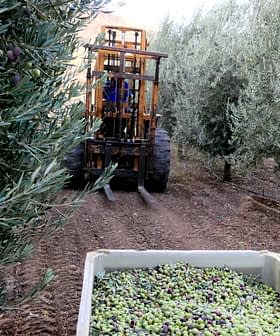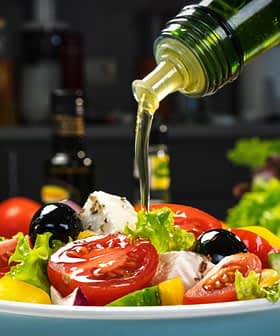Use Olive Oil in Soups and Stews
From cold Gizpacho to chicken noodle, extra virgin olive oil is a healthy and delicious way to spice up bisques, broths, soups and stews.
 7K reads
7K readsHigh-quality extra virgin olive oil is the key to the lasting success of many traditional soups. The world’s healthiest edible fat also adds unique flavors to broths, stews and bisques.
In a soup, EVOO exerts a pivotal role on the outcome. It does that in a very specific way, which also depends on its origin.
Be it a Portuguese bread soup with poached eggs, garlic and extra virgin olive oil, a rustic Italian wedding soup or a Greek chicken soup, they all benefit from EVOO – a pillar of the Mediterranean culinary tradition.
In preparation and for a finishing touch
“EVOO is the main ingredient for my recipes. As a fat that adds so much to a dish, you want to use it in the correct quantities, both when cooking and when adding its aromatic touch to a soup,” said Luca Marchini, a chef at the Michelin-star L’Erba del Re restaurant in Modena, Italy.
“It transfers a healthy fat portion to the dish along with its unique herbal profile. That is what makes it such a significant ingredient in a soup and when sautéing vegetables or whisking some pasta,” he added. “It is the main ingredient both for technical use in the kitchen and for the gastronomic culture it represents.”
See Also:Olive Oil BasicsBe it a gourmet soup or a simple vegetable soup, many chefs and home cooks use extra virgin olive oil during the sautéing of the soup’s main ingredients. Meanwhile, others deploy it as a finishing touch on more creamy and dense soups and stews, but less commonly in a typical soup.
“If used in creams, where density plays a central role, extra virgin olive oil stays longer on the palate,” Paolo Cappuccio, a well-known Neapolitan chef and Michelin-star holder, told Olive Oil Times. “This means that the gustatory aspect is amplified.”
“There are countries where cream or butter is used for soups and many other preparations, think for example, of France,” he added. “In Italy, on the other hand, we can more easily make important emulsions with extra virgin olive oil.”
See Also:Cooking With Extra Virgin Olive OilUsed to gently sauté garlic or spices as a base for broth, add flavors and character to vegetables, or cook meat servings, Marchini noted how a finishing touch of EVOO will probably not be used on his soups.
“But that does not mean that it did not have a central role during the preparation,” he said.
Still, some chefs believe that EVOO as the final touch can bring more than just a traditional addition to a soup.
“Extra virgin olive oil in creams and soups, or as a final phase of the garnish, has aromatic, olfactory and gustatory characters. When used as a final touch to a hot soup, it releases its polyphenols,” Cappuccio said.
Which olive oil is best suited for a soup?
The best answer to this question is: it depends on the characteristics of the soup.
Extra virgin olive oils are renowned for their health benefits, but they boast a diverse array of flavor profiles.
Their overall characteristics might change according to the olive varieties transformed to make the oil. EVOO’s phenolic identity and flavor profile are also profoundly affected by the climate, the soil, and how the trees are grown.
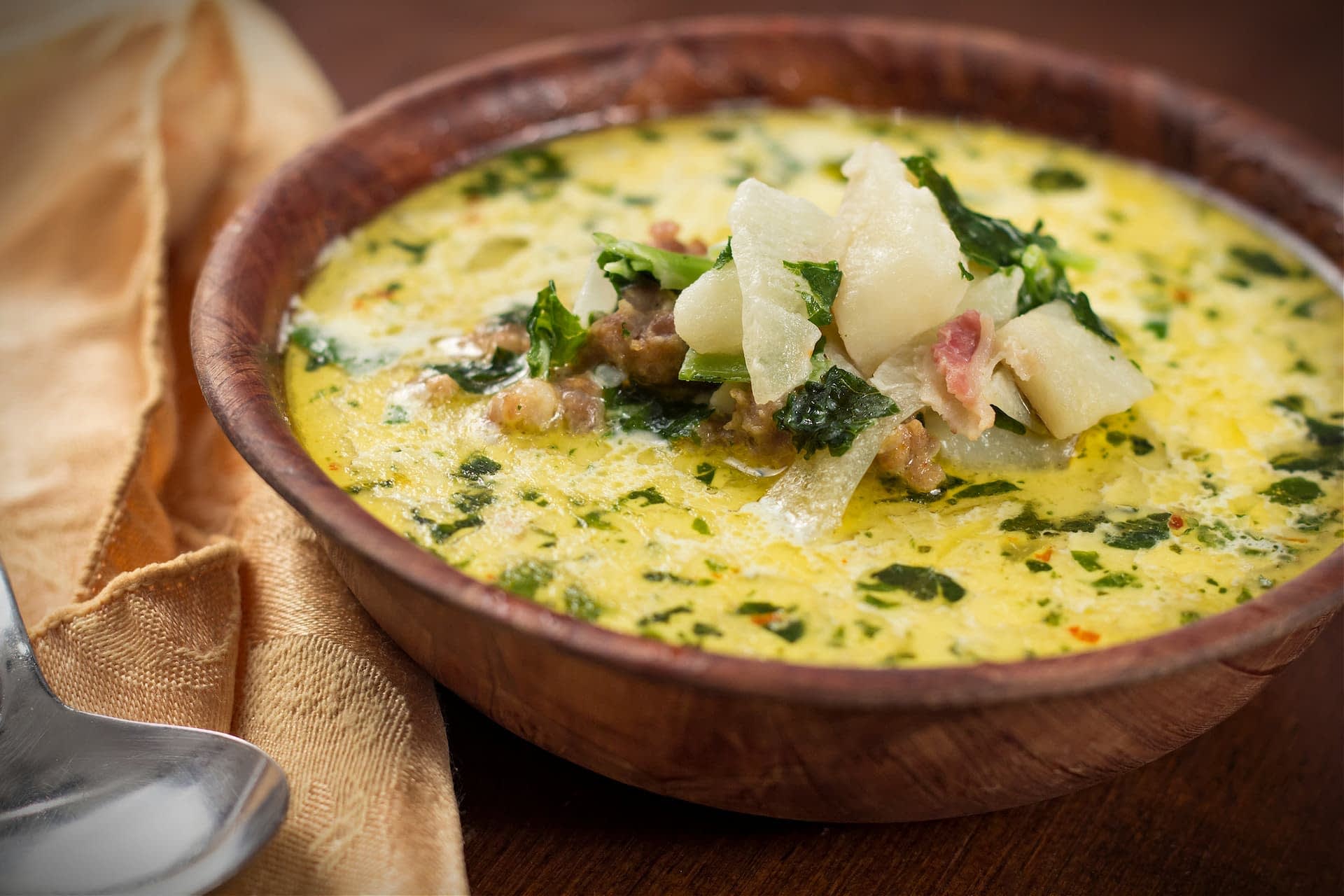
Zuppa Toscana
“In a soup, EVOO exerts a pivotal role on the outcome. It does that in a very specific way, which also depends on its origin. If it is a monocultivar, for instance, or a blend,” Cappuccio said. “Extra virgin olive oil comes in many different qualities since the cultivars, and the territories where it comes from might be so different.”
See Also:Pairing Extra Virgin Olive Oils with Fish and Meat Dishes“If we take Italy, there are stronger EVOOs, I think for instance to some EVOOs in southern Puglia, where the heat and the sun give olive drupes that intense flavor of artichoke and ripened tomato,” he added. “Or you can explore the exceptional qualities of delicate and light EVOOs, like those that come from the northern Garda lake area or Liguria.”
Most chefs would suggest not to use robust monovarietal EVOOs on many vegetable soups, as their flavor could easily overshadow the gentle notes of the vegetables.
However, Mediterranean-style soups based on vegetables and legumes might find in delicate EVOO the perfect ally, as it can add its healthy fat while lending new value to a herbal pitch.
See Also:Use EVOO for Healthy and Delicious BakingStill, there are plant-based preparations that can use more robust EVOOs. This happens, for instance, with an internationally renowned favorite among Spanish soups.
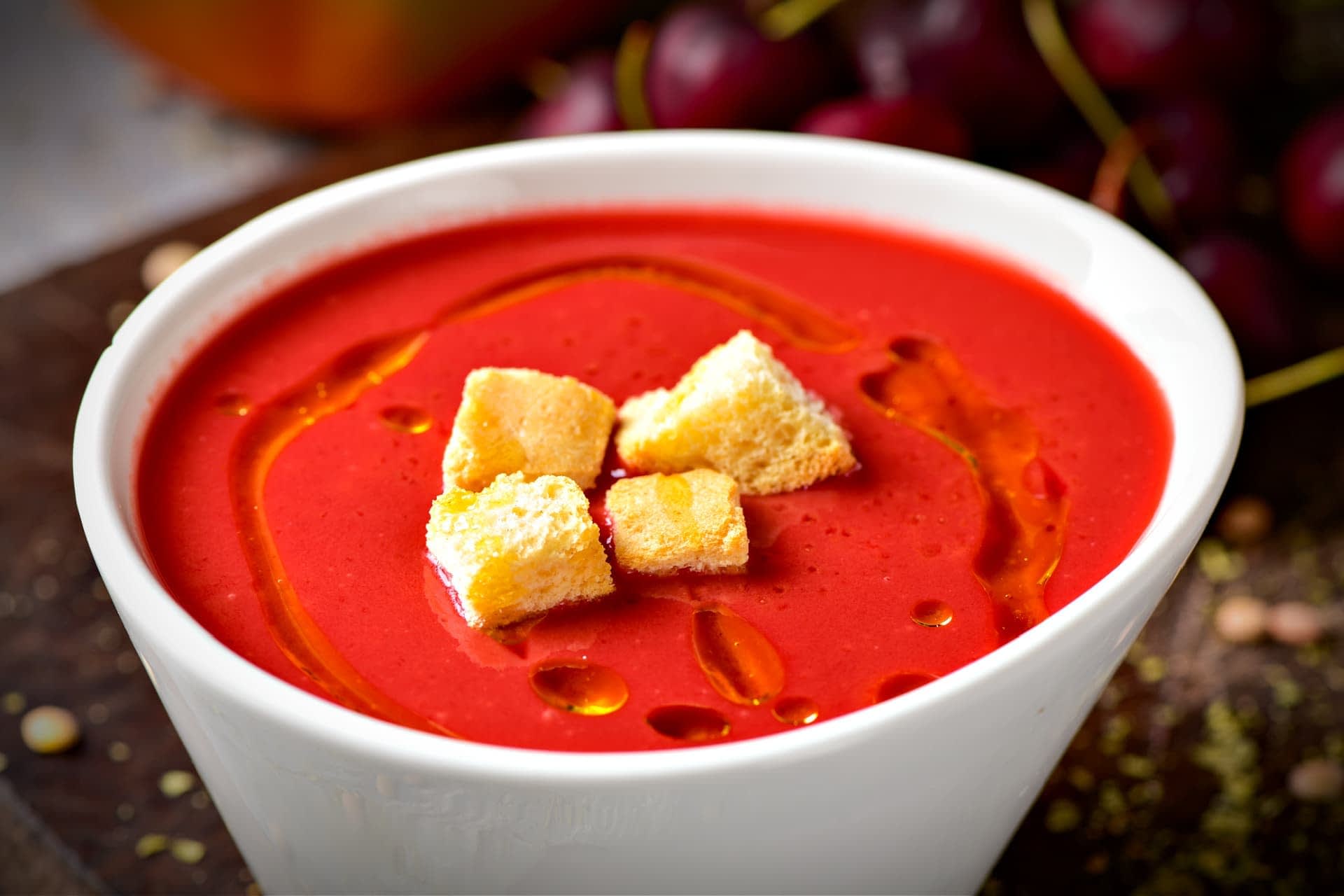
Andalusian Gazpacho
Gazpacho is a cold soup made of extra virgin olive oil, tomato, pepper, vinegar, garlic and salt. It comes from the southern autonomous community of Andalusia, the world’s largest olive oil-producing region.
Andalusian Gazpacho was born as a simple daily solution for farmers working in one of the hottest European regions. Today, it is served worldwide with an ever-growing number of variations and additions.
“EVOO is fat that must be used in the right quantities, possibly cold, avoiding preparations that can put its polyphenols and its many other unique elements at risk,” Cappuccio said. “It is an aromatic, traditional ingredient, to be used mostly in small quantities, I would say no more than 30 grams per serving.”
EVOO soups beyond the tradition
EVOOs add unique flavors to traditional soups. They also help chefs give life to new preparations and soups, including Marchini’s unique take on the traditional ramen soup from Japan.
As the soup’s base, he used high-quality extra virgin olive oil and other raw materials from the Italian cuisine to import the famous Japanese soup and reinvent it.
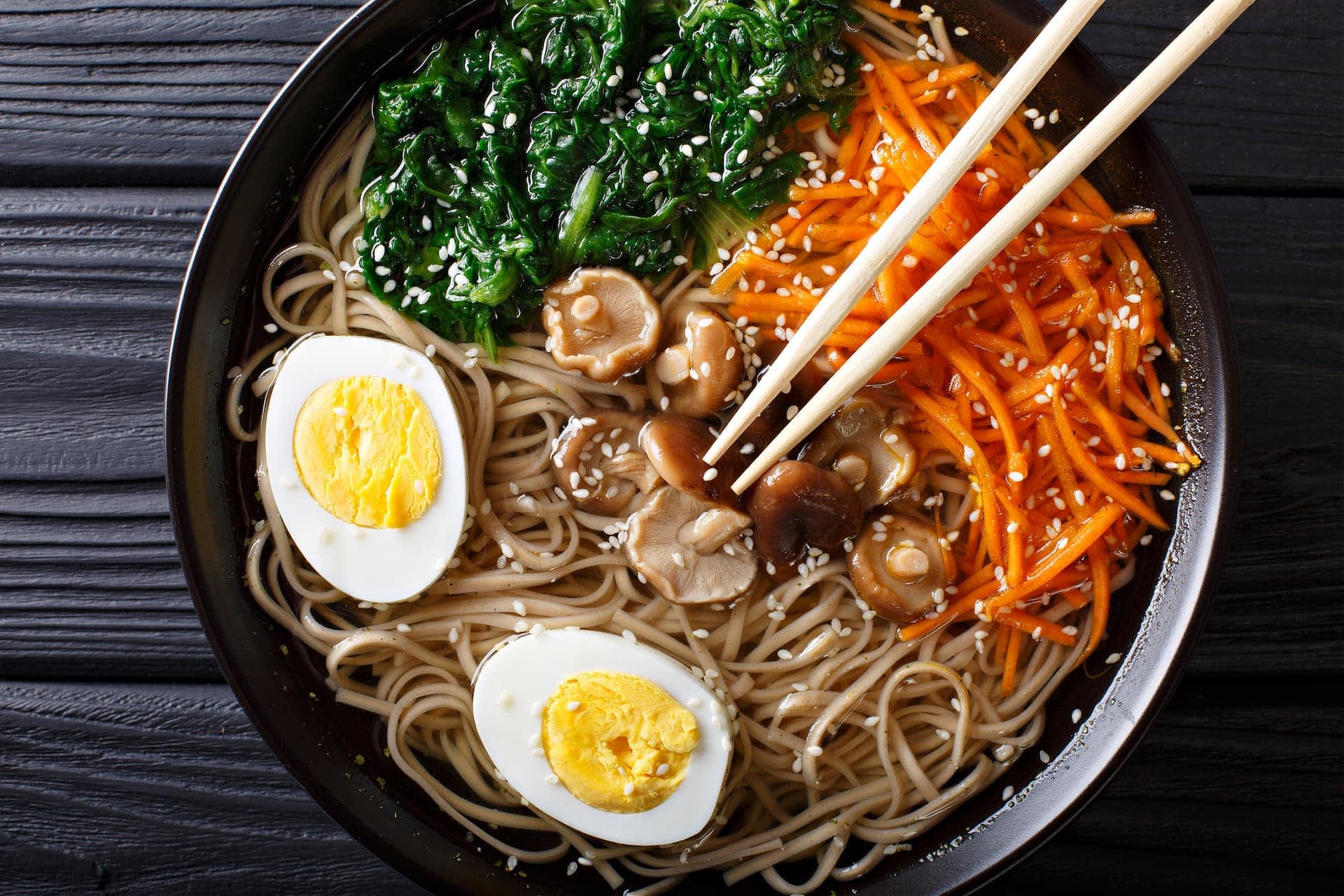
Soba noodles soup with vegetables, shiitake mushrooms, egg and sesame
“Ramen is a concept of soup, part of the Japanese culture that we all admire and like to explore,” Marchini said. “Many love ramen, and I used the idea behind its preparation to transfer it to an Italian and regional cuisine.”
See Also:Recipes with Olive OilIn such a dish, where cabbage is reminiscent of the Japanese algae, Ramen noodles become very thin egg-based spaghetti. Garlic, rosemary and tomato concentrate form a broad base of flavors; a robust EVOO is required.
“The broth, which becomes a highly concentrated vegetable broth, is made out of mallard bones which are previously completely freed of fats,” Marchini said. “The fat portion is then re-introduced in the soup thanks to mounted extra virgin olive oil, which has a unique herbal flavor. It becomes perfectly scented vegetable fat.”
“That is why for this preparation, I need a robust Sicilian extra virgin olive oil, rich in notes such as tomato leaf, that allows me to emphasize the flavor,” he concluded.
Where to buy fresh extra virgin olive oil
Specialty food shops that deal directly with producers or importers are the best place to start when looking for fresh extra virgin olive oil.
The retail finder on the Official Guide to the World’s Best Olive Oils makes it easy to find award-winning extra virgin olive oils near you or through online retailers.

